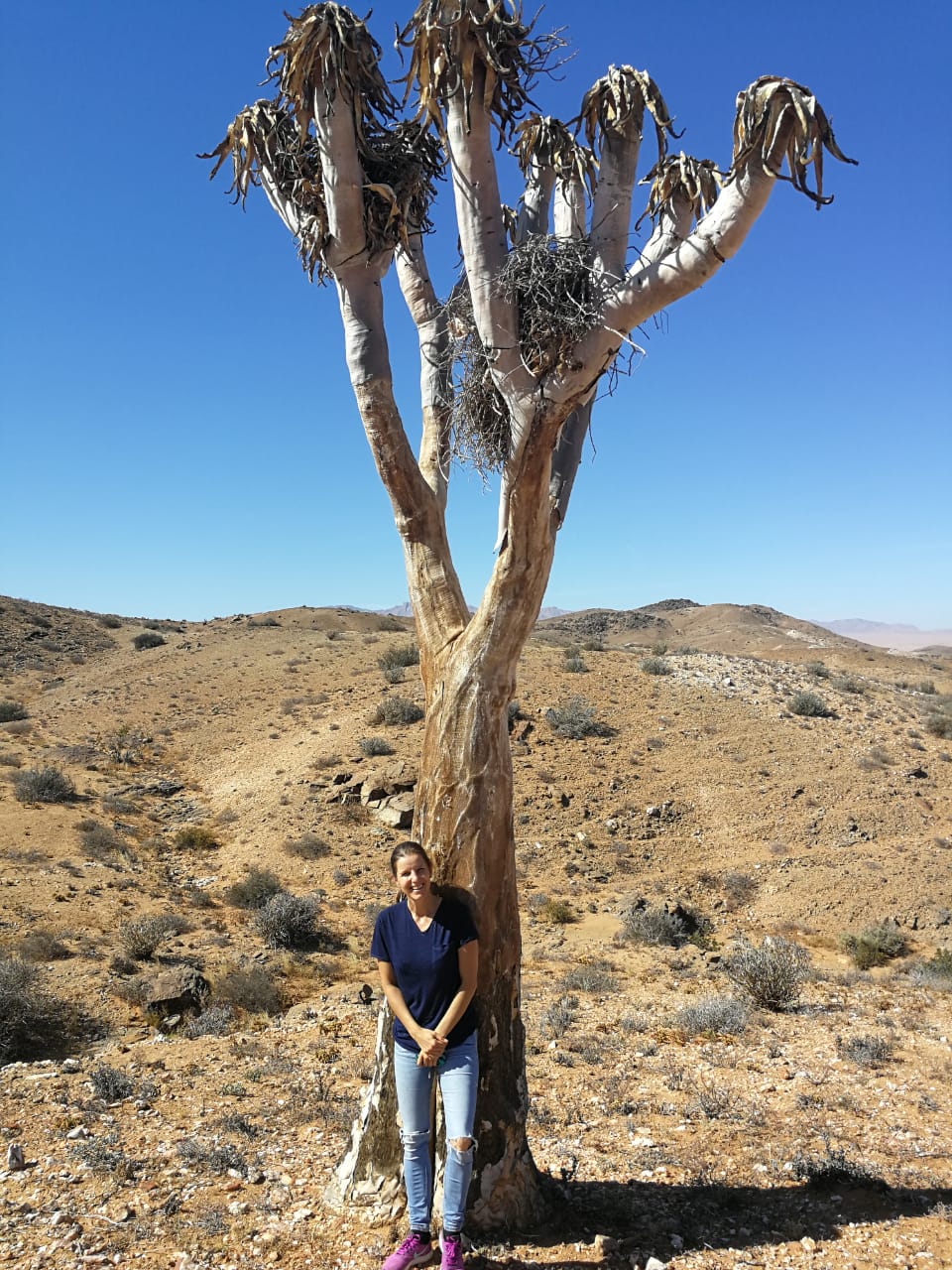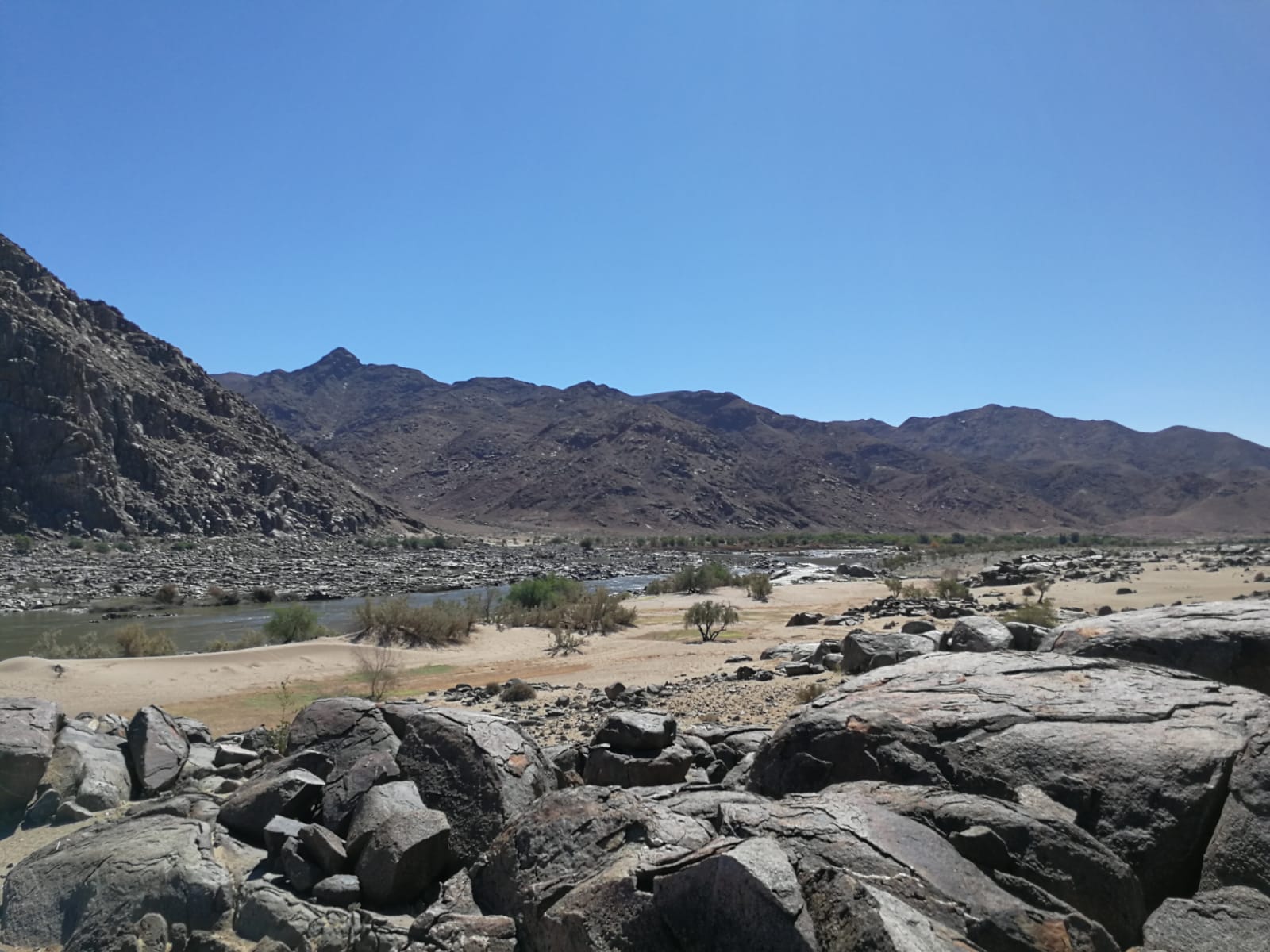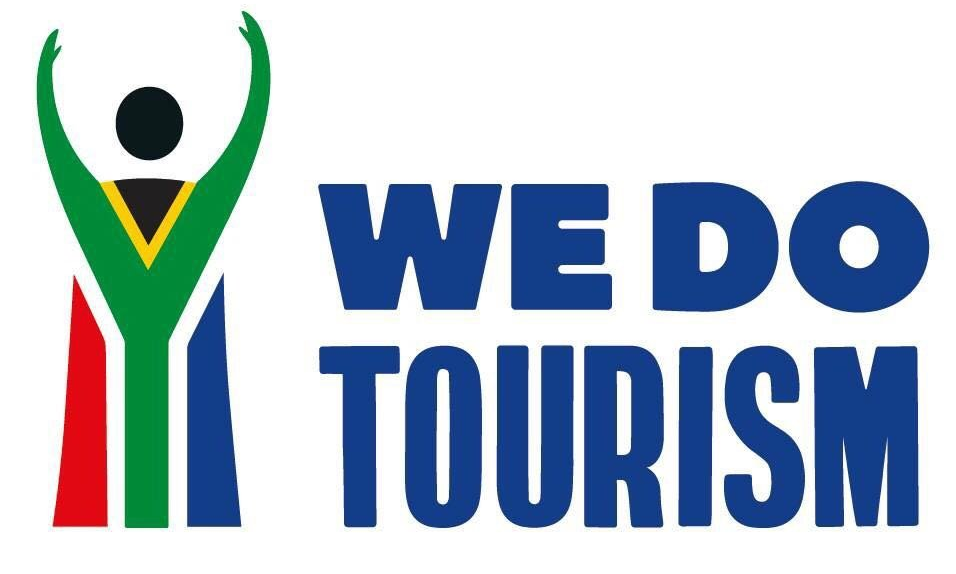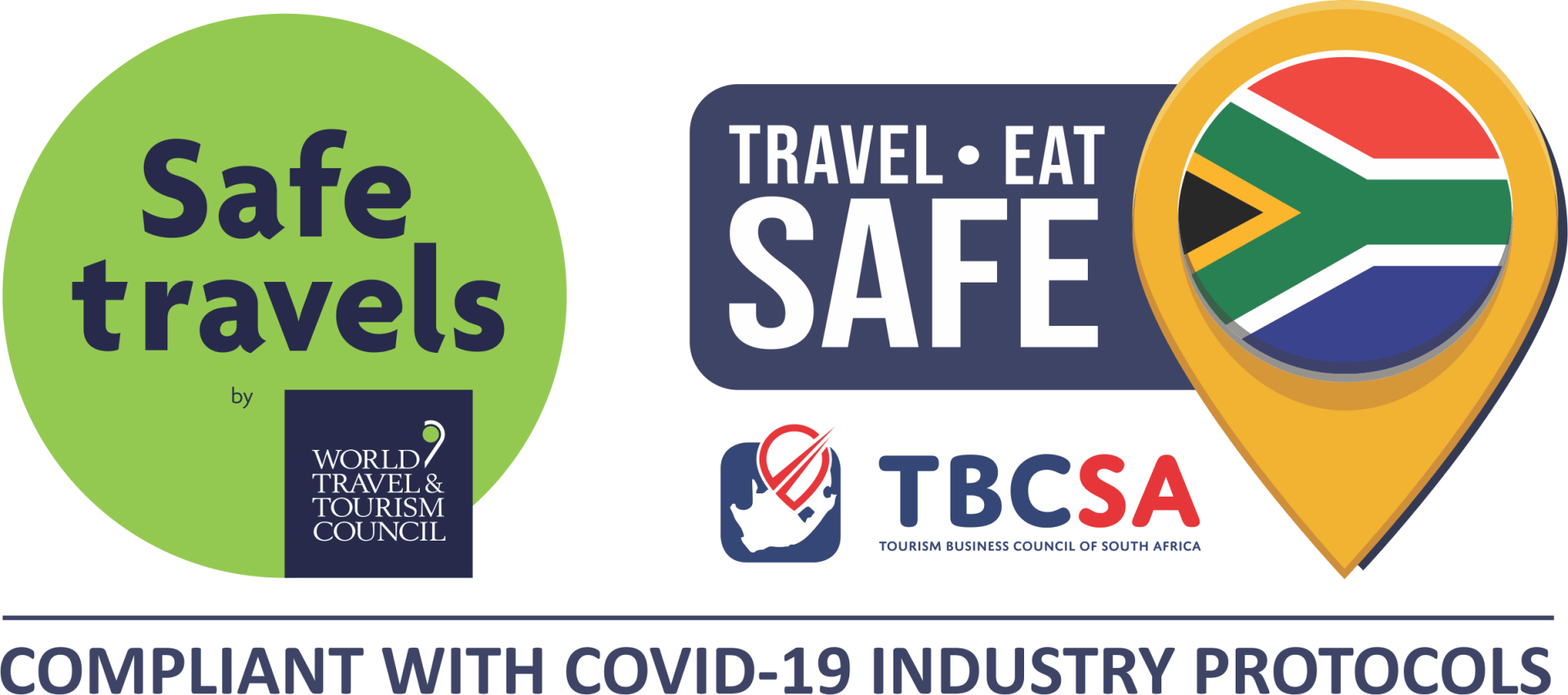Richtersveld – an undiscovered and beautiful vast open place
- by Jana Meyer
- •
- 15 Apr, 2021
- •
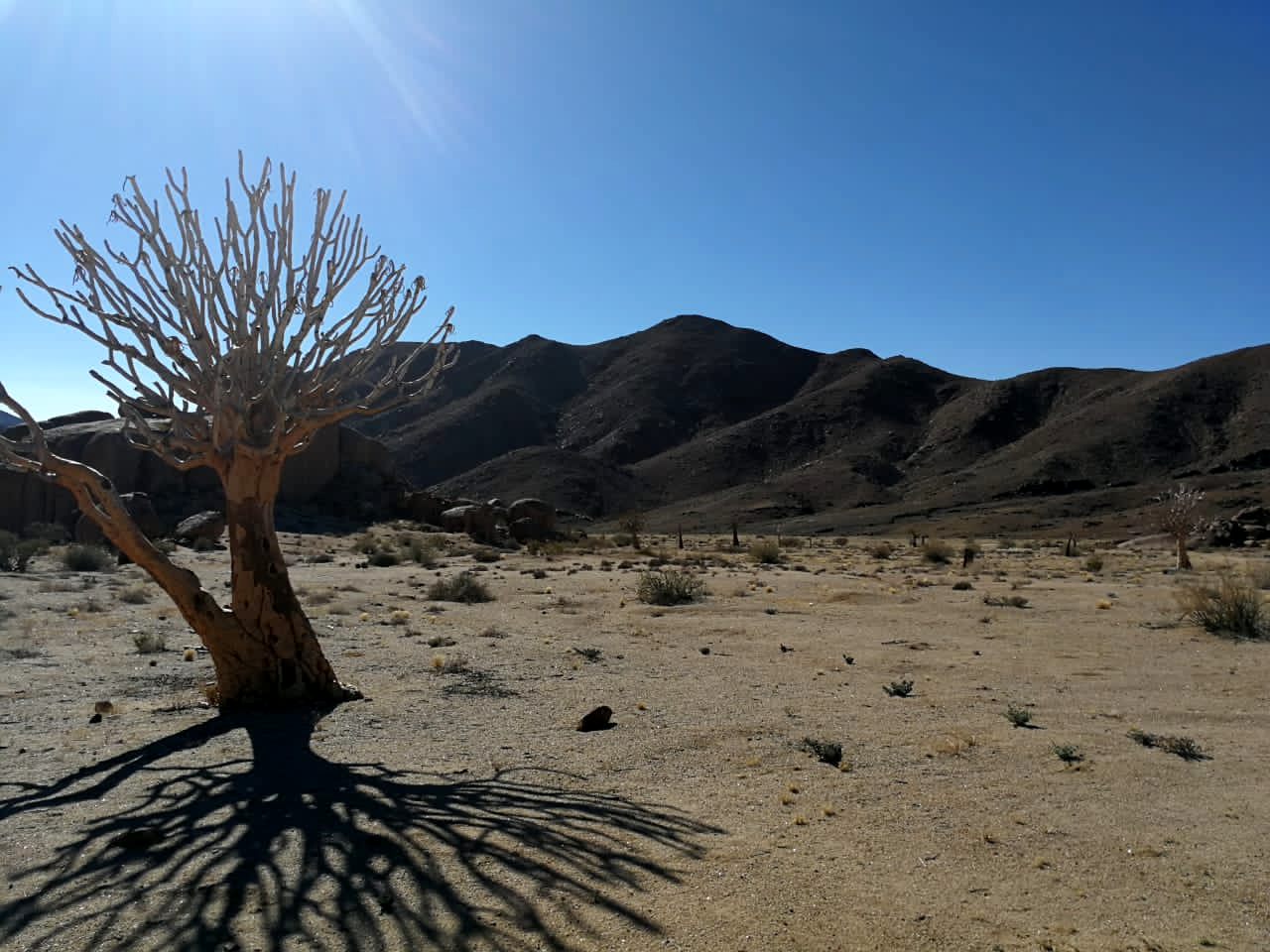
Between the Atlantic coast and the Orange River in the north-western tip of South Africa stretches a rugged and sun-dried landscape of rare beauty: the Richtersveld. This deserted and wild area is named after a German missionary who came to this inhospitable region in 1830. The Richtersveld National Park was established in 1991 to protect the unique desert vegetation, which has a great variety of endemic plants. It is situated on the lower reaches of the Orange River and covers an area of 162 445 hectares.
A visit to the national park, which has hardly been developed for tourism, is not to be regretted if you are nature-loving and not afraid of the hardships. In the Richtersveld, you are on the road under "expedition conditions".
4x4 vehicles are compulsory! Food, drinking water and petrol must be carried in sufficient quantities and only well experienced 4x4 drivers should drive themselves.
Our Nadine had the pleasure to explore this undiscovered place and feels that Richtersveld should get more attention! Read here about her experience, for whom this National Park is the perfect adventure and what to expect :)
It is truly one of the few National Parks that is not well travelled by foreigners but once visited I was wondering why. It's one of those undiscovered and beautiful places in South Africa which should be on anyone's bucket list. Perhaps not for the first time travellers but for the ones that love outdoors, adventure, mountainous desert and nature. For travellers seeking 4x4 challenges and seeking the unusual plant species and appreciating the smaller creatures hiding under the rock formation that are over 200 million years old.
The vast open spaces, blue skies and the feeling you are absolutely alone makes this a 5 star plus experience. One cannot imagine anything surviving in this heat, where the highest recorded temperature has been 60°C but there are more than 2700 plant species in this area and 600 of them endemic. When you see these harsh conditions one can appreciate these unusual survivalists. Even the mountains look burnt but the contrast of colours makes this one of the most picturesque places I've ever been!

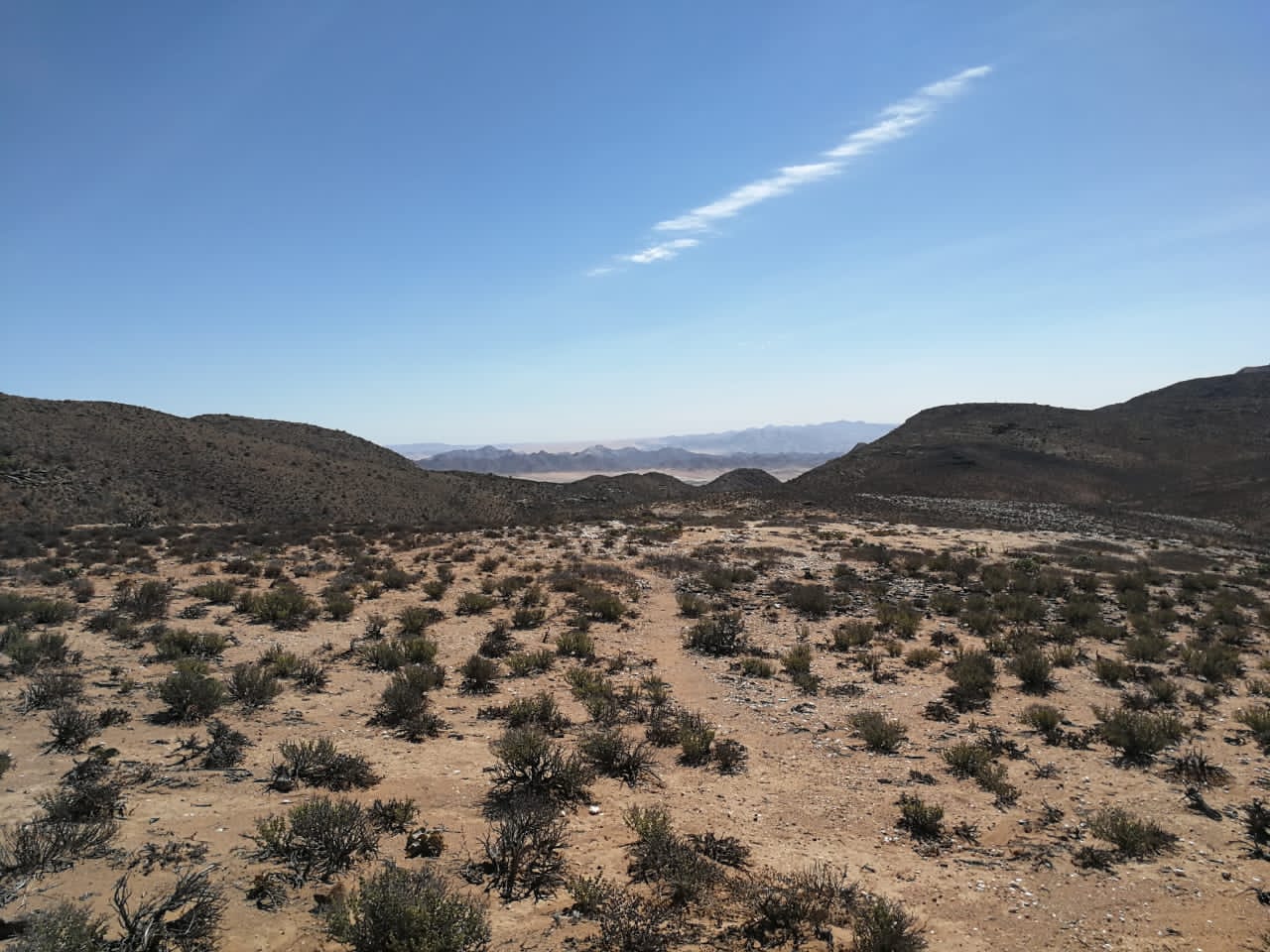
You will pass some Nama people that still herd their goats and live their traditional ways within the National Park. It apparently became the first contractual park that brings Sanparks and the local Nama community together pioneering a system of co-management. Some of the Nama people work within the park and take great pride looking after this amazing area. They are exceptionally proud and warm people. Their traditions are extremely important to them within this ever changing world but the young try to preserve their old ways.
There are no more than four tented chalets per Wilderness Camp, which gives you this remote experience and is surprisingly extremely affordable. The Wilderness camp is basic but has everything you need. You can make a braai to make a delicious dinner for the evening, there is a fridge to keep your drinks cold and a cold shower to cool you off. Even my gin and tonic tasted better than ever before while looking up at the clear skies with an ever-changing display of fascinating objects to see :)
Important things you should know about the park:
There is a petrol station at Sendelingsdrift (border crossing between Namibia and South Africa) but advisable to bring a spare fuel tank. The pontoon to ferry you across Namibia, the restaurant and the border control to Namibia are closed at the moment due to the pandemic (not sure yet when to reopen).
There are many various scorpions within the park, so one should not sleep on the ground while camping and always check your shoes. We ourselves had the amazing opportunity to spot one of the biggest scorpions we have ever encountered. Even though the crawly creatures freak me out this was truly a beautiful specimen.
There are very sandy and rocky 4x4 trails so one should bring the bare minimum of spare tyres, rope, repair kit and jack.
Bring your own drinking water and bring black bags to take all your rubbish away with you.
But most importantly: put your adventure hat on and enjoy the ride :)
